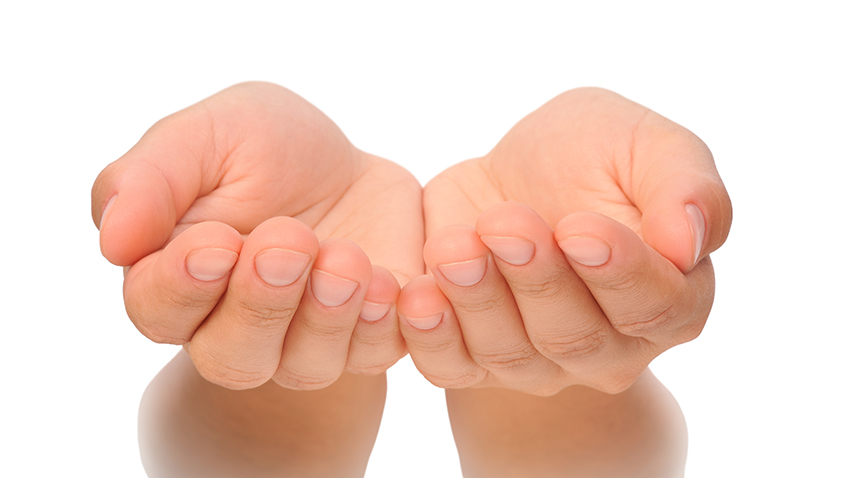Creative Hands that Carry Stories

The aim of this exercise is to start thinking about healthy daily activities and enjoy the creativity we all have. Through this exercise you can get into contact with your personal memories and thoughts.
When working with a group, there is always a possibility that someone brings up uncomfortable, hard, sad, or unpleasant experiences, feelings, memories or thoughts about themselves. Before starting the exercise, think about how you would react in such a case and think about the group you are working with. It may be worth asking participants to focus on positive things and memories during this exercise. The other option is to tell beforehand to the participants that the exercise can bring up uncomfortable memories or thoughts and tell also how we can/will deal with them.
To do the exercise, you will need:
– four sheets of paper, preferably size A4 or A5
– a pen or a pencil (and an eraser)
– a peaceful place
– 20-40 minutes time.
This exercise can be done individually or in a group. If you are doing this with a group, here are the instructions for the facilitator.
Instructions for the facilitator:
First the facilitator hands out the papers and pens for the participants: four sheets for each participant. You can put on some peaceful instrumental music. You can also ask if the group wants to listen to music or not.
Then read aloud the following instructions slowly with a calm voice:
1. This creative exercise focuses on hands. What do your hands tell about your life and about you?
Close your eyes. Focus your attention on your hands. Put your hands in a fist and feel your hands, fingers, and palms. Stretch your fingers, touch your hands. How do your hands feel? Are they warm, cold, moist, dry? Open your eyes and look at your hands.
What kind of hands do you have? What kind of lines do you have in your hands? These same hands were your hands when you were very small, when you were a baby. What were your hands like when you were a teenager? What have your hands done at different ages?
Think about what you have done with your hands. What kind of experiences do your hands carry? What do you enjoy doing with your hands? What are your hands good at?
(5 minutes)
2. Take a piece of paper and draw the outline of your other hand on the paper. Once you have drawn the outline, start writing inside the outline the verbs that came to your mind when you were thinking about what your hands have done at different ages. Both concretely and symbolically: drawing, baking, wishing, hoping… Fill your hand with verbs, with words of action.
Feel free to write without thinking about it. There are no wrong or right answers.
(5 minutes)
3. When you have finished filling your drawing with words, take another piece of paper and write the word “I” in the middle. Then write down the words that come to your mind when you think of the word “I” on this piece of paper.
What am I like? What kind of different roles do I have? What is good about me? Feel free to write without thinking about it. There are no wrong or right answers. You do not have to show your paper to anyone.
(5 minutes)
4. Next, take a third piece of paper. On this piece of paper, write the word “health” or “wellbeing”. What comes to your mind when you think of health or wellbeing? What has health or wellbeing meant to you at different times, at different ages, and now? What makes you feel well? What is important to your wellbeing? Write these words on the third piece of paper.
Feel free to write without thinking about it. There are no wrong or right answers.
(5 minutes)
5. Then place all three papers side by side in front of you. Now go on to form a new text from the words on these three pieces of paper: a poem, words in a row, a short story. You can bend the words and add filler words (such as: and, if, then, when, but, or, as etc.) if you wish. Combine words creatively, the result does not have to be a traditional rhymed poem, for example. Feel free to write. There are no wrong or right answers.
Read the text to yourself once and think about it for a while.
(5 minutes)
6. Spend some time reflecting on the experience and discussion with others.
(5-10 minutes)
This exercise is originally developed in a Finnish project called Omakuva N.Y.T. (Self-portrait N.O.W) and tested, translated and developed further in the ARTHEWE project with international participants.
